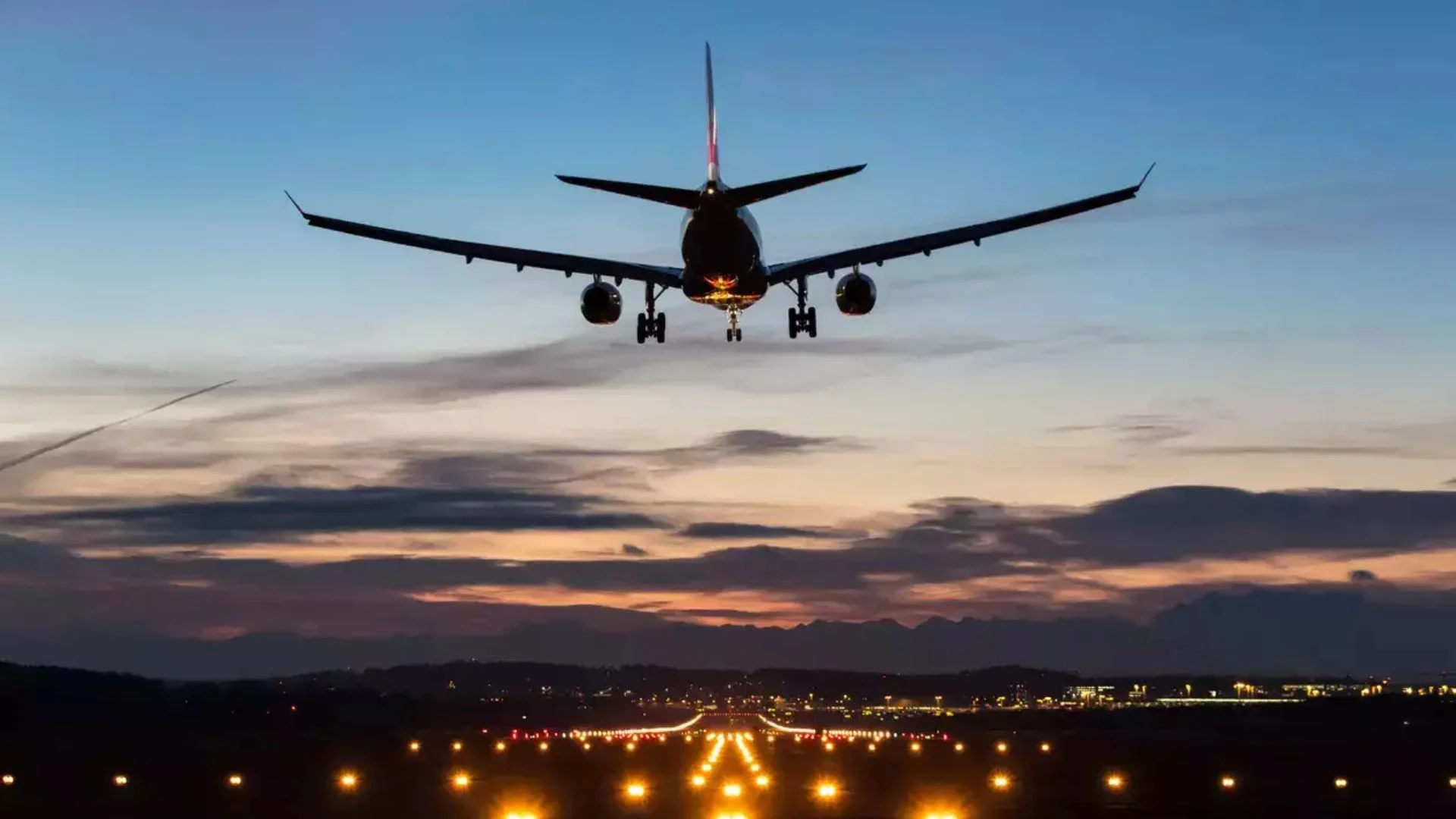Revenue Stream for Taliban Soars
The number of international flights traversing Taliban-controlled Afghan airspace has reached a record high, coinciding with escalating tensions in the Middle East following Iran’s missile attacks against Israel. On Thursday, a remarkable 191 flights passed over Afghanistan, with airlines paying the country’s civil aviation ministry approximately $700 per flight, generating a significant revenue stream for the cash-strapped Taliban regime.
Since the fall of the NATO-backed Afghan government in August 2021, international flights had largely avoided Afghan airspace due to safety concerns. However, the number of flights has steadily increased over the past year, particularly after the October 7 Hamas attacks on Israel and the ensuing conflict in Gaza. Data from FlightRadar24 indicates that in the second week of August, flights through Afghan airspace surged more than sevenfold compared to earlier that month.
This upward trend accelerated dramatically following Iran’s launch of nearly 200 ballistic missiles at Israel, which prompted many airlines to abandon the traditional route from Europe to Asia through Iranian airspace. In the last two weeks of September, an average of 147 flights per day utilized Afghan airspace, with that number spiking by 20% on Tuesday during Iran’s missile assault, reaching 171 flights.
Airlines Navigate Middle Eastern Conflicts
Airlines such as Swiss Air, Finnair, Singapore Airlines, British Airways, and Lufthansa are among those returning to Afghan skies. Ian Petchenik, a spokesperson for FlightRadar24, noted that airlines are re-evaluating their flight paths in light of increasing airspace restrictions in the Middle East, viewing Afghan airspace as a relatively safer alternative.
A widely shared video on social media showed the missile launches from inside a passenger jet, highlighting the urgency for airlines to adapt. Anant Mishra, an Afghanistan commentator, indicated that pilots have requested to avoid Iranian and Syrian airspace, forcing airlines to opt for Afghanistan’s corridor.
Before August 2021, airlines deliberately avoided Afghan airspace to pressure the Taliban and deny them much-needed international revenue. While the payments from airlines are not large, they contribute to the Taliban’s overall income, estimated by the World Bank to be around $1.3 billion for the first half of 2023. If the current rate of flights continues, this could yield an annual revenue of approximately $50 million for the Taliban.
Kabir Taneja from the Observer Research Foundation emphasized that the decision to restrict access to Afghan airspace was not just about safety but also a means of applying pressure on the Taliban for security guarantees. He noted that, despite the risks, many airlines now perceive Afghan airspace as safer than Iranian airspace due to the lack of surface-to-air missile threats.
Returning to Afghan airspace can benefit airlines by reducing fuel consumption and costs through more direct routes. Graeme Smith, a senior analyst with Crisis Group, argued that while this reliance on Afghan airspace may not provide a substantial revenue source for the Taliban, it could help support essential services in the war-torn nation.







